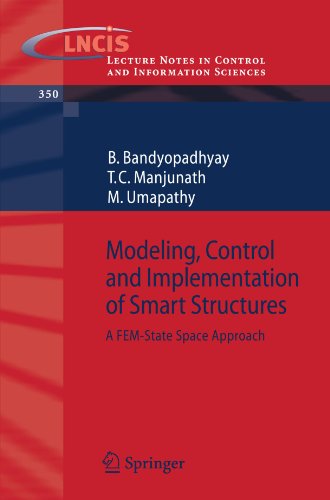

Most ebook files are in PDF format, so you can easily read them using various software such as Foxit Reader or directly on the Google Chrome browser.
Some ebook files are released by publishers in other formats such as .awz, .mobi, .epub, .fb2, etc. You may need to install specific software to read these formats on mobile/PC, such as Calibre.
Please read the tutorial at this link: https://ebookbell.com/faq
We offer FREE conversion to the popular formats you request; however, this may take some time. Therefore, right after payment, please email us, and we will try to provide the service as quickly as possible.
For some exceptional file formats or broken links (if any), please refrain from opening any disputes. Instead, email us first, and we will try to assist within a maximum of 6 hours.
EbookBell Team

4.8
84 reviews
ISBN 10: 3540483934
ISBN 13: 9783540483939
Author: B Bandyopadhyay, T C Manjunath M Umapathy
Part I: Fundamentals of Smart Structures and Materials
Part II: Finite Element Modeling of Smart Structures
Part III: State-Space Representation and System Identification
Part IV: Control of Smart Structures
Part V: Implementation and Experimental Validation
modeling and control
modeling control systems
modeling and control techniques in smart systems
modeling and control of quantum systems an introduction
modeling identification and control of robots
Tags: B Bandyopadhyay, T C Manjunath M Umapathy, Modeling, Control